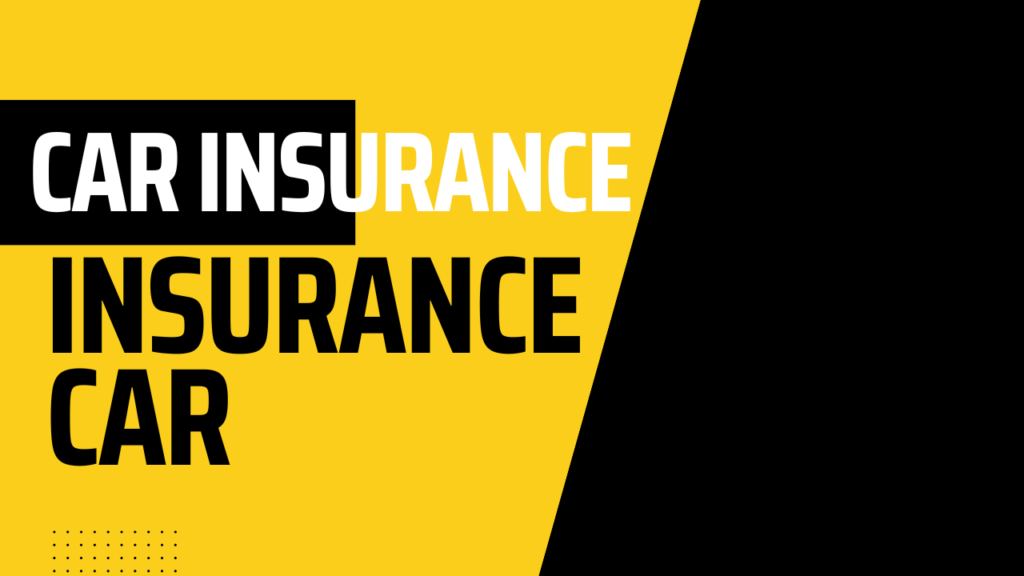A model in public policy analysis
Before we get into more details about explaining public policy and how it works, it’s important that we define it to have a clear understanding. Essentially, public policy is a set of laws, guidelines, and actions decided and taken by governments in order to work in favor of the public. Public policy can dictate things such as: which laws are passed, where funding goes, and which topics concern the general public. That being said, public policy isn’t simply fulfilling campaign promises. Often, policies are debated and negotiated between parties with different interests, and can also involve parties that aren’t in the government themselves, such as experts in fields like science, health, or the climate. In general, public policies are shaped over a number of years and there are several institutions that will contribute to the formation and details of a specific policy.
Public policy is there to influence how other important decisions are made, and it’s usually formed as a response to a specific issue that is of interest to the public. Public policy is supposed to offer some sort of solution to a problem.
Uses of models in public policy
1 Public policy plays a crucial role in forming the guidelines and principles of a society, so they’re a necessary part of governing and politics.
2 Since public policy is formed as a collective effort between governments, institutions, and even regular citizens, it’s an important and effective way to have your voice heard. Since politicians and parties change every few years, so do the positions and views held by the majority or by those in office. Of course, politicians can be voted out and removed from power, but the public policies they uphold are more difficult to remove.
3 This can be for better or for worse, but public policies can outlast governments and politicians long after they’re out of power, so it’s important to use your vote carefully so that you support people who want to influence the policies that matter to you most.
Examples of Public Policy
There are many different types of public policy, so a good way to get a better understanding of this topic as a whole is to look at a few different examples of them.
Here are just a few examples of public policy that affect many people’s day-to-day lives:
Abortion
When state or national governments set restrictions on abortion or acceptance of it, this is based on public policy. For laws that govern abortion, the public policy could dictate that life begins at conception, or on the other hand, that women should be autonomous over their bodies. The governing policy will influence the outcome of abortion laws.
Gun Rights
Gun rights are also influenced by public policy. When there are strict gun laws in effect, it’s based on public policy that indicates that keeping guns away from criminals, children, or mentally ill citizens is more important than the right to bear arms. By contrast, those states with more relaxed gun laws have public policies that place the right to bear arms as more important than other laws and that owning guns doesn’t effectively stop or prevent violence.
Taxes
Progressive tax systems are also based on public policy. For example, when it’s mandated that those who earn more should pay a higher rate of taxes compared to those who earn less, this is based on public policies.
Labor
Laws such as the one that protects workers as well as things like the minimum wage rate or the number of hours an employee can work is all based on public policy. Public policies are crafted in order to ensure that workers aren’t exploited by their employers and to protect their rights.
The Bottom Line
By now, you should be able to confidently answer the question of what is public policy.
Hopefully, you’ve gained a better understanding of the different types of policies that govern us and why they’re important to the functioning of society.
Access to higher education isn’t a public policy adopted in most of the world, but at University of the People (UoPeople), we believe that it should be. It is part of our core values and our mission to provide as many people as possible with higher education by offering remote and tuition-free degrees from our US-accredited online university.
Privacy Policy Terms of Service Sitemap
We use cookies on our website to give you the most relevant experience by remembering your preferences and repeat visits. By clicking “Accept All”, you consent to the use
employing the approach, David Easton’s The Political System (1953), conceived the political system as integrating all activities through which social policy is formulated and executed—that is, the political system is the policy-making process.
Elite theory
Democratic elitism accepts the main premise of elite theory: ‘no societies are governed by the people, by a majority; all societies, including societies called democratic, are ruled by a minority’ (Burnham 1943, p. 184
According to elite theory, the wealthy use their power to control the nation’s economy in such a way that those below them cannot advance economically. Their wealth allows the elite to secure for themselves important positions in politics.
It denotes simply “a class of the people who have the highest indices in their branch of activity.” Pareto argues that “It will help if we further divide that [elite] class into two classes: a governing elite, comprising individuals who directly or indirectly play some considerable part in government, and a non-
Group theory
Abstract algebra, group theory studies the algebraic structures known as groups. The concept of a group is central to abstract algebra: other well-known algebraic structures, such as rings, fields, and vector spaces, can all be seen as groups endowed with additional operations and axioms.
Group theory is nothing but a mathematical way to study such symmetries. The symmetry can be discrete (e.g., reflection about some axis) or continuous (e.g., rotation). Thus, we need to study both discrete and continuous groups.
Group theory has three main historical sources: number theory, the theory of algebraic equations, and geometry.
Decision making theory
Decision-making theory is a theory of how rational individuals should behave under risk and uncertainty. The theory suggests that decision-making means the adoption and application of rational choice for the management of a private, business, or governmental organization in an efficient manner.
These theories are the rational model, the administrative model and the political model of decision making
Simon’s decision-making theory proposes the concept of bounded rationality, which means that people can make decisions within certain limitations. The theory focuses on psychological aspects and helps solve many unaddressed problems.



